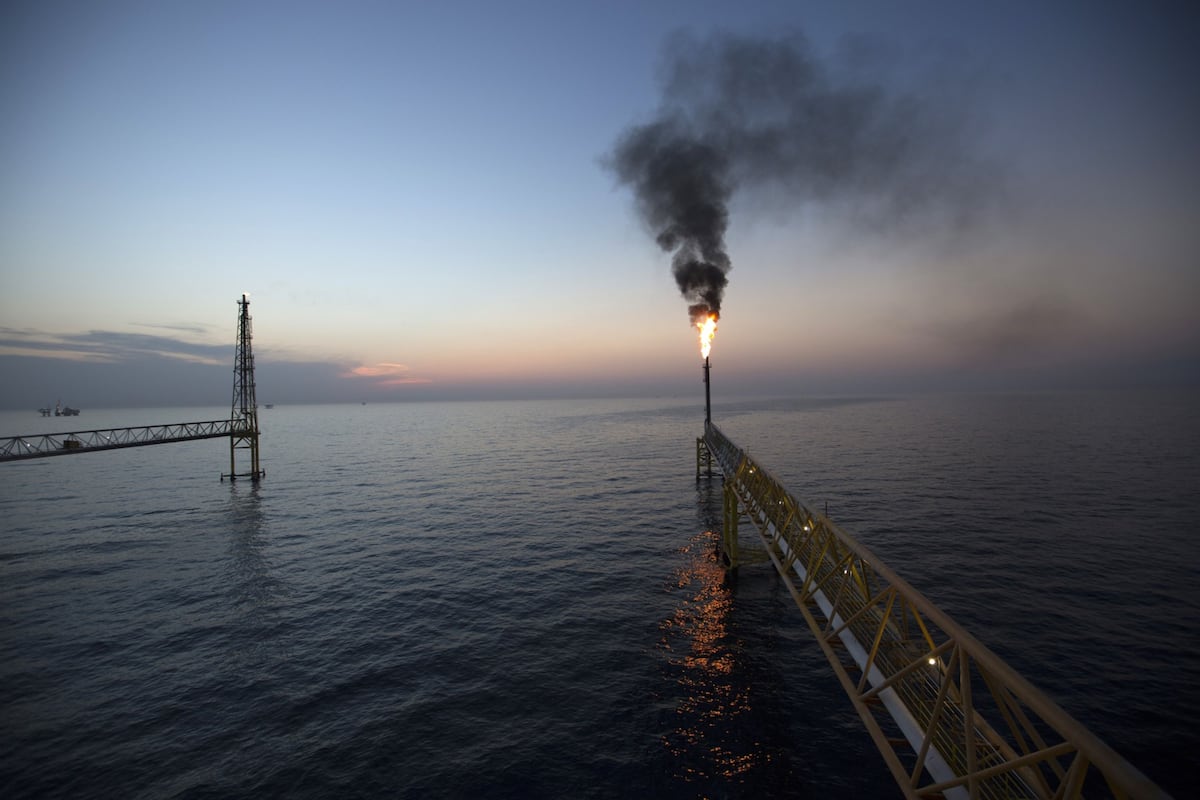Mauricio Bártoli
04/03/2021 5:57 AM
Clarín.com
Rural
Updated 04/03/2021 6:16 AM
The high international price of grains has made Argentine agriculture the
mainstay of macroeconomic accounts
.
It is nothing new, but it has been exacerbated by the combination of fiscal pressure on the countryside and the difficulties of other sectors affected by the coronavirus.
It happens that between
withholdings and differentiated exchange rates
, farmers today charge, in pesos, just over
a third of the equivalent international price of soybeans
($ 29,450 and not $ 76,415) and just over
half the price of corn
( $ 17,800 and not $ 32,190).
The highest number, in each case, would arise from taking the US $ 527 of a ton of oilseed as the US $ 222 of the value of the cereal, and multiplying it by the market prices of the dollar, around $ 145.
The difference remains in the State
.
That strength is neither new nor unique;
for example, its levels of
private, direct and indirect employment generation, in all provinces
, is another merit that has intensified in the context of the pandemic.
However, in this context, in a country in which meritocracy is relativized from the top of political power, in recent days many
concerns have
arisen
among rural producers about the destination of the value of their work.
Where do field dollars go, what are they used for, is the question that runs through social networks and messaging applications.
In this sense, the
Rosario Stock Exchange (BCR)
published a report days ago to answer a question with a similar sense.Why, despite the trade surplus and the income of foreign exchange from the oilseeds and cereals sector, are
not able to gain momentum? BCRA international reserves
?
Evolution of international reserves in Argentina since the end of 2019, when President Alberto Fernández took office.
They started from the realization that the main sector of the “oilseeds and cereals” agribusiness stands out greatly compared to the rest of the goods exporting sectors, with
more than US $ 21,000 million between January 2020 and January 2021
.
However, on the last day of February,
international reserves stood at US $ 39,518 million, that is, US $ 5,330 million less than at the beginning of 2020
.
And although there is no objective rule on how the Central Bank's reserves are allocated, it is assumed that "they primarily finance the items in the country's current account, which are essential for the economy to function: produce and trade," explained the lawyer
Bruno Ferrari
, a
researcher at the Department of Information and Economic Studies of BCR, directed by Dr.
July Calzada
.
Field dollars, the exchange balance and the variation in international reserves.
According to official records,
54.7%
of the exchange surplus supported by the field was used to solve the deficit in terms of goods of the rest of the non-financial private sector, General Government and Entities, since they present net purchases of foreign currency in the market exchange rate for
US $ 11,519 million
.
This is due to the fact that foreign exchange sales from exports of goods from these sectors are not sufficient to cover the needs to purchase foreign currency
to import products, in such a way that the "income of foreign exchange from the field" provides the necessary dollars for other industries may operate
.
These are net imports of goods and services from all sectors of the economy that, except for cereals and oilseeds, have a deficit in terms of foreign exchange, because they import more than they export, contrary to what happens with the agricultural sector and to a much lesser extent with minerals.
Among the main target sectors are the
automotive and chemical-plastic industries, among other
items with lower values.
The
8.5%
was used to sustain the heading deficit
services
, since over the period analyzed a trend of net dollar purchases it remained accumulating
US $ 1,782,000
.
It is another allocation of dollars that is considered necessary for the functioning of the economy.
Services is an area in which Argentina imports more than it exports.
In this case, trips and expenses for tourism abroad are included, which in the last year was affected by the pandemic, but there are other similar items that require dollars.
The
remaining
36.8%
,
US $ 7,760 million
, was used to partially cover the foreign exchange needs of the rest of the
foreign exchange balance sheet
accounts
.
In this sense, it can be mentioned that the "primary income" sub-account linked to the
payment of interest and net outflow of dividends and profits
added to the result of the financial account, are consolidated as two important sources of outflow of dollars outside the payments and collections for goods and services.
Destination of the dollars that the agribusiness enters the Argentine economy, in percentages, by major items.
In this broad spectrum of items that make up the rest of the exchange balance accounts, in general terms, there are important financial commitments that are being fulfilled and that are reflected in the primary income account, linked to the
interests of the public and private debt , as well as the remittance of company profits
.
In the last time, our country has paid important amounts relative to the interests of the debt, which has produced a significant negative balance.
The other account that is very deficit is the financial one, which also undermines the possibility of increasing the Central Bank's dollars.
Until the last month of analysis there were important debt cancellations (primary income sees the interest paid but cancellation is observed in the financial account), mainly from the private sector, but also dollarization, the
purchase of banknotes
, which although it is restricted, it also affects the currency balance.
Look also
In March, the inflow of foreign currency from agricultural exports was record
Field dollars outweigh pandemic and political blunders















